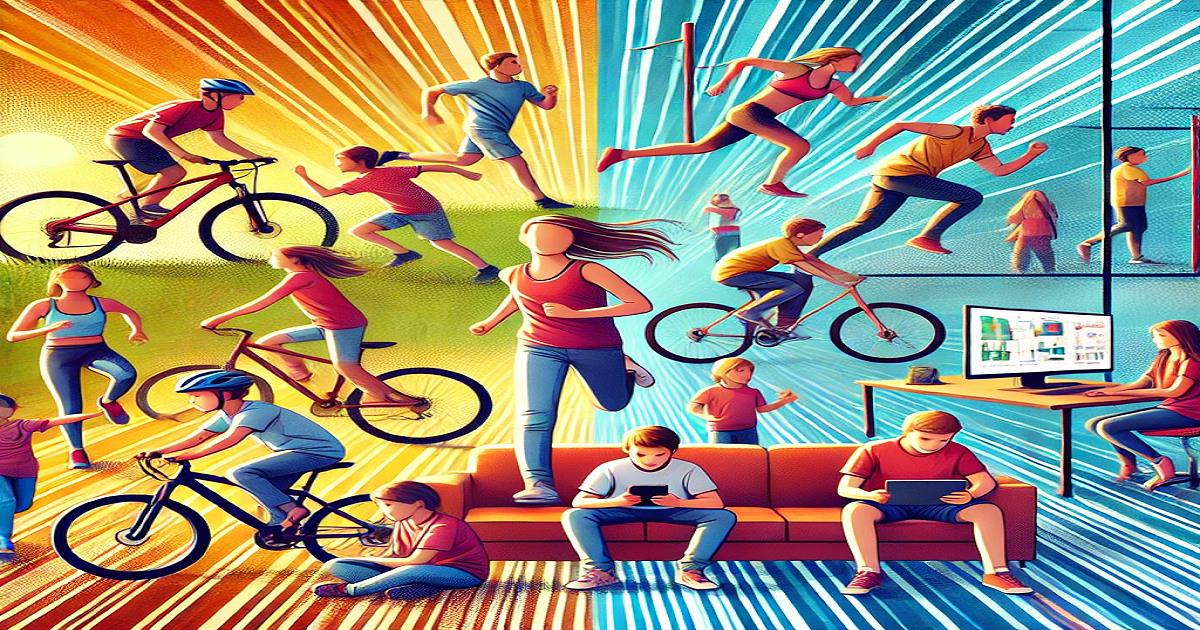- 2.1Impact Factor
- 3.8CiteScore
- 16 daysTime to First Decision
Physical Activity and Sedentary Behaviors in Children and Adolescents
This special issue belongs to the section “Global Pediatric Health“.
Special Issue Information
Dear Colleagues,
The escalating prevalence of sedentary lifestyles among children and adolescents has emerged as a significant global public health concern. Physical activity during these formative years is essential for proper growth, development, and the prevention of chronic diseases later in life. Recent advances in research methodologies, technology, and intervention strategies have shed new light on the patterns, determinants, and health impacts of physical activity and sedentary behavior in young populations. This Special Issue compiles cutting-edge studies that delve into these developments, aiming to inform policies and practices that promote active lifestyles among youth. By highlighting innovative approaches and findings, we aspire to stimulate further research and contribute to effective strategies for reducing sedentary behavior and enhancing physical activity in children and adolescents.
Dr. Henri Tilga
Dr. Andre Koka
Guest Editors
Manuscript Submission Information
Manuscripts should be submitted online at www.mdpi.com by registering and logging in to this website. Once you are registered, click here to go to the submission form. Manuscripts can be submitted until the deadline. All submissions that pass pre-check are peer-reviewed. Accepted papers will be published continuously in the journal (as soon as accepted) and will be listed together on the special issue website. Research articles, review articles as well as short communications are invited. For planned papers, a title and short abstract (about 250 words) can be sent to the Editorial Office for assessment.
Submitted manuscripts should not have been published previously, nor be under consideration for publication elsewhere (except conference proceedings papers). All manuscripts are thoroughly refereed through a single-blind peer-review process. A guide for authors and other relevant information for submission of manuscripts is available on the Instructions for Authors page. Children is an international peer-reviewed open access monthly journal published by MDPI.
Please visit the Instructions for Authors page before submitting a manuscript. The Article Processing Charge (APC) for publication in this open access journal is 2400 CHF (Swiss Francs). Submitted papers should be well formatted and use good English. Authors may use MDPI's English editing service prior to publication or during author revisions.
Keywords
- physical activity
- physical education
- motivation
- basic psychological needs
- self-determination theory

Benefits of Publishing in a Special Issue
- Ease of navigation: Grouping papers by topic helps scholars navigate broad scope journals more efficiently.
- Greater discoverability: Special Issues support the reach and impact of scientific research. Articles in Special Issues are more discoverable and cited more frequently.
- Expansion of research network: Special Issues facilitate connections among authors, fostering scientific collaborations.
- External promotion: Articles in Special Issues are often promoted through the journal's social media, increasing their visibility.
- e-Book format: Special Issues with more than 10 articles can be published as dedicated e-books, ensuring wide and rapid dissemination.

